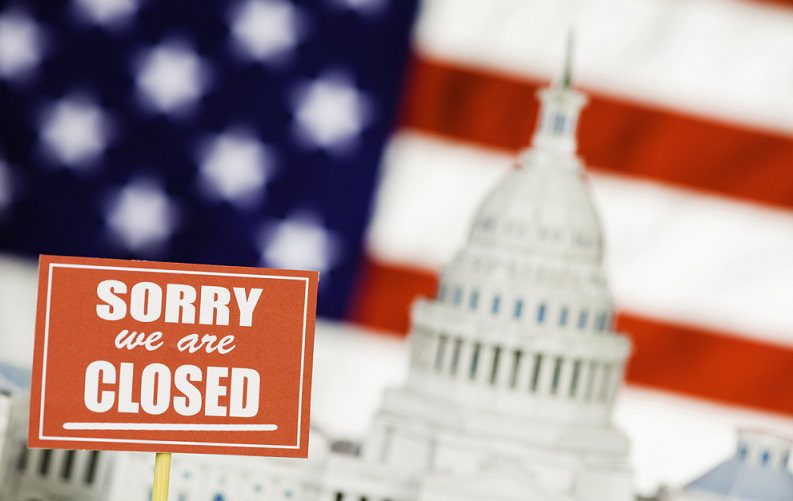
Now that we are nearing the second week of a partial government shutdown with no end in sight, contractors should take several steps to ensure as little disruption to their businesses as possible, industry groups say.
Among other things, according to the Professional Services Council, contractors should assemble a team of employees to ensure compliance with shutdown rules, identify current contracts that are executable during the shutdown and the revenue implications of those that are not, and determine what contract modifications can be made to help make up lost revenue.
The Coalition for Government Procurement points out that during a government shutdown, no additional funds are made available for new or existing contracts.
While contractors can continue performing existing contracts using funds already obligated, performance might be delayed or disrupted because contract administration personnel have been furloughed. In addition, government facilities might be closed, in which case contractor employees working at those facilities might have to take leave for as long as the shutdown lasts.
PSC notes the government often issues a stop work order during a shutdown as well. Stop work orders can last up to 90 days, after which contract performance must be restarted or the contract terminated. Contractors must keep their employees ready to resume work while a stop work order is in effect.
Consulting firm Aronson LLC further explains the ramifications of a government shutdown for contractors. For example:
- Ongoing procurements will be delayed because furloughed government acquisition personnel will not be available to prepare non-essential RFPs, evaluate proposals, conduct audits, amend solicitations (even those with due dates affected by the shutdown), or generally accomplish any other pre-award work.
- Options will not be exercised nor invoices paid, even for contracts that otherwise can be performed despite the shutdown.
- Statutory deadlines such as the time to request a debriefing, file a bid protest or claim, or appeal a contracting officer’s final decision are not extended because of the shutdown. Extensions might or might not be granted on a case-by-case basis after the government reopens.
- Actual indirect rates will exceed provisional rates, because it is almost impossible for contractors to reduce indirect expenditures at the same pace as the shutdown will reduce a contract’s direct base. The increased indirect rates will cut profits on existing fixed-price and time-and-material contracts, as well as on cost-reimbursement contracts with indirect rate ceilings. The government might reimburse unabsorbed overhead, but there are no guarantees.
Action Plan
So, what should contractors do in the face of a government shutdown — especially one that looks like it could go on for a while?
Fortunately, PSC says there are several steps that can mitigate the harm and help ensure a quick recovery when normal operations resume. They include:
- Assemble shutdown teams. Bring together employees — including contract managers and members of the legal, human resources, government, and finance departments — to ensure your company is complying with shutdown rules.
- Engage with government clients. Communicate with your customers both during and after the shutdown. Determine early on what are considered essential operations under your current contracts.
- Identify executable contracts. Determine which current contracts are executable during the shutdown and the revenue implications of those that are not.
- Locate employees. Know where your employees are and establish clear lines of communication to relay workforce information.
- Determine employee access. Find out whether your employees will have access to government facilities.
- Identify contract modifications. Determine what contract modifications can be made to help make up lost revenue.
- Prepare your staff. Assess which staff members are at risk for furlough and how to prepare them for unplanned time off.
- Determine compensation. Decide whether to compensate staff during a layoff or furlough or to allow them to use vacation or leave.
- Issue stop-work orders or suspensions. Do this for nonessential contracts.
- Document problems that arise. If your employees cannot access a facility, take the badge number of the security officer who rejected them or a picture of the locked facility.
- Seek recoveries promptly. Watch for required notices and timeliness rules.


1 Comment
Pingback: No One Knows if Furloughed Contractor Employees Will Ever be Paid | WashingtonExec